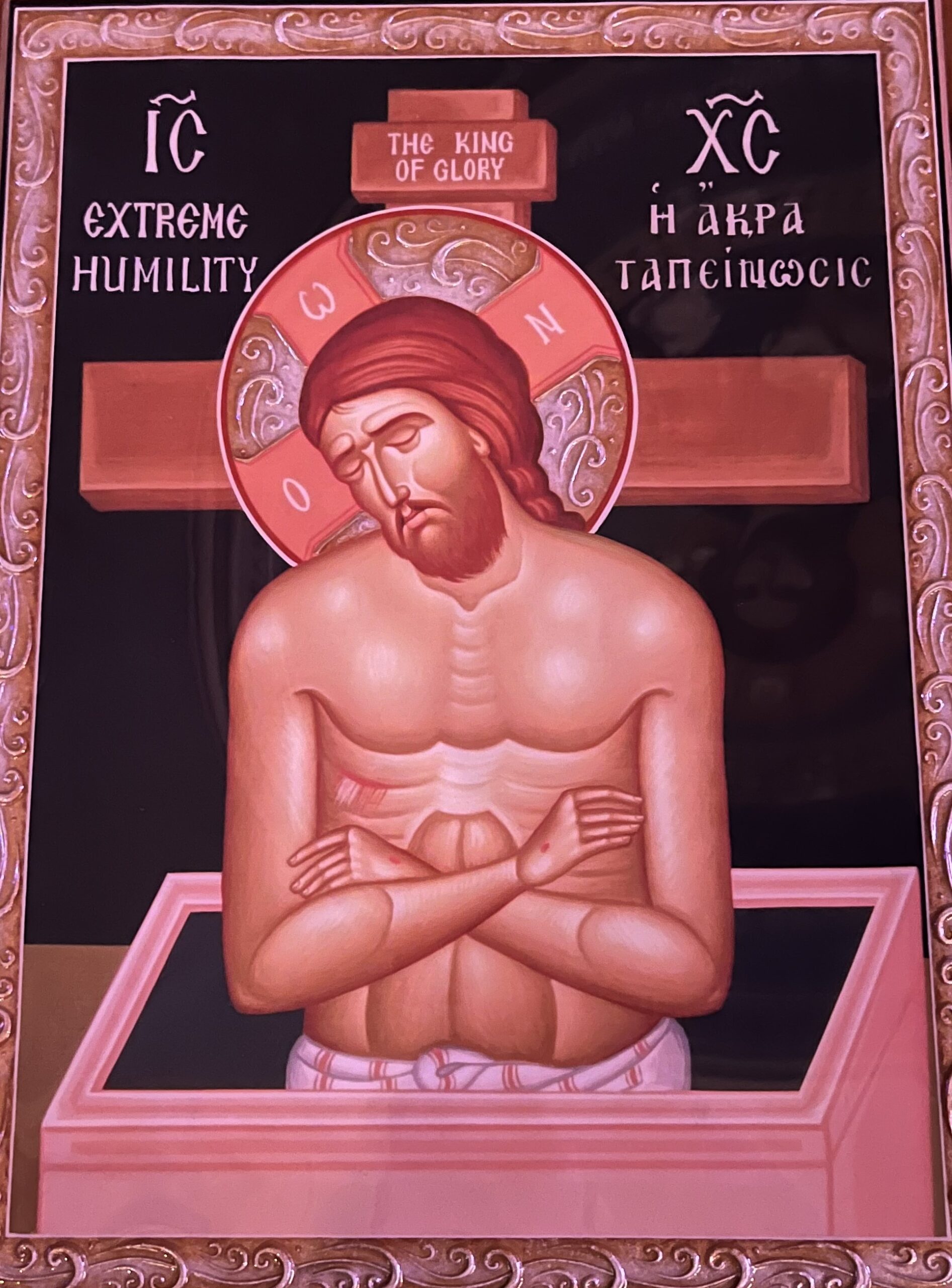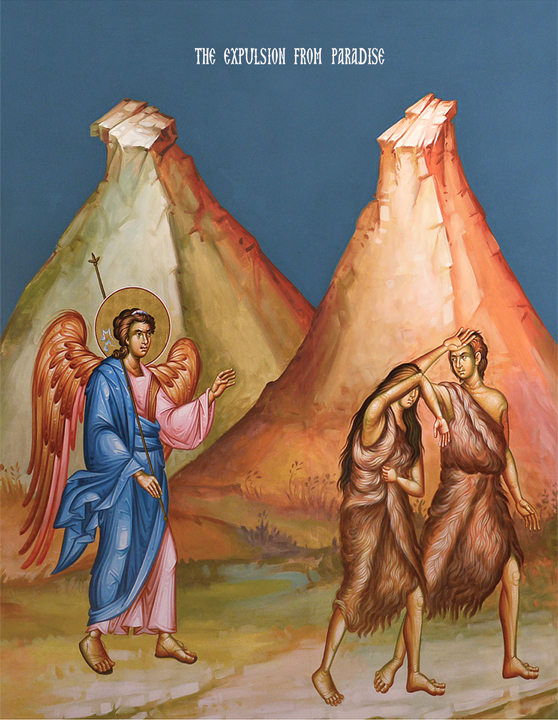When it was evening, there came a rich man from Arimathea, named Joseph, who also was a disciple of Jesus. He went to Pilate and asked for the body of Jesus. Then Pilate ordered it to be given to him. And Joseph took the body, and wrapped it in a clean linen shroud, and laid it in his own new tomb, which he had hewn in the rock; and he rolled a great stone to the door of the tomb, and departed. Mary Magdalene and the other Mary were there, sitting opposite the sepulcher.
Matthew 27: 57-61
If you’ve never had a real connection with the Lord, or if you’ve had a connection and you’ve lost it, don’t worry. It’s not too late. As long as we are alive and breathing, there is time. Today provides a great chance for us to connect with the Lord.
First of all, Good Friday should be a day of silence. Yes, I know many of you have to work, we are all going to drive today, there are kids to be taken care of, etc. However, when you drive today, don’t listen to music. Be silent. Be with God. When you are at work, keep conversation to a minimum. Focus on your job and in any moments of free thought, be silent. Be with God. We all have scenes from our favorite movies, favorite lines that we can quote from memory. Focus on the scenes of the Passion that I wrote about yesterday. Meditate on the memorable lines—Offer them as prayers throughout the day.
Father, forgive them for they know not what they do. (Luke 23:34)
Jesus, remember me when You come into Your kingdom. (Luke 23:42)
Father, into Thy hands I commit my spirit. (Luke 23:46)
Today, there are services most of the day in every church. There is an extra opportunity to stand with Christ, at His cross and later at His tomb.
What are your plans for Friday night? If today is called “Great and Holy Friday,” we’ve got to set this Friday apart from all other Friday nights. In the Orthodox Church, we will celebrate a service called the Lamentations. And yes, we will celebrate. Not in a riotous or joyful way, but in a purposeful way. We will stand at the Lord’s tomb and praise Him for what He did. We will not be crying as we would at a funeral, even though this service is the funeral for the Lord. Because we know the end of the story. He rose from the dead, and our commemoration of the Resurrection is only a day away. If we cry at all, it should be for joy at what He did for us, and for sorrow for our lack of understanding of what it means.
In most churches, there is a procession outside, around the church, and in some communities, around the neighborhood. This is an opportunity to witness for our faith. As people pass by gawking at what is happening, will they see Orthodox Christians who are singing and reverently following the tomb of Christ, or people who are checking out their phones and talking? This is a chance to show people of our towns what reverence looks like, and what it sounds like.
In our parish, during the pandemic year of 2020 when only a few people were allowed to attend the services, we did our procession around the inside of the church. It was silent. There was no noise, no circus atmosphere. It was reverent, still, peaceful. I decided then that in 2021, regardless of the status of the pandemic, we would not go outside, so that people could experience the stillness and peace that a privileged few of us had felt in 2020. The church was full in 2021, everyone holding candles, all other lights extinguished. We walked with the tomb around the inside of the church, and then placed it on stilts in the center aisle high above the heads of everyone in the church. We all sang petitions and prayers and hymns. It was so beautiful that everyone decided we should make this our norm, and so this year we will again not be going outside for the procession.
However, we will all pass under it. This ritual actually have a beautiful meaning, whether we pass under the Epitaphios going from outside to inside the church, or if we walk from our pews, pass under it and return to our pews and never leave the church. The Epitaphios depicts the burial of Christ. He died having perfect faith, placing His Spirit into the hands of God the Father. He was buried, and on the other side of burial, was the Resurrection.
When we walk beneath the tomb of Christ, we are “practicing” for our eventual journey from the world, through death, to heaven. Do you ever think about that? That you are going to pass under the tomb of Christ a finite amount of times in your life, before you pass through this journey for real at the end of your earthly life. This ritual that we all do reminds us that life has a finiteness to it and if we are not preparing to enter the Kingdom of heaven, then what are we preparing to do? And if we are preparing, this act reminds us that the end of life shouldn’t come with fright and anxiety but with joy. For the person of faith passed not from death to darkness, but through death to eternal life.
So, stand at the tomb of Christ tonight. Read the words of the service, allow them to sink in to your heart. Sing at the procession. Be purposeful and prayerful as you pass under the tomb. And as you do so, resolve to make more strides in your journey in the year to come.
This message is dedicated to the memory of Artemis (Artie) Palios, the dedicated choir director at St. John Greek Orthodox Church in Tampa, Florida, where I currently serve. She was also one of my closest friends, like a second mom to me. She passed away suddenly just before Holy Week on April 18, 2019. I never would have thought that Good Friday 2018 was her dress rehearsal, that she wouldn’t be here this year to pass under the Epitaphios as she did for 81 years. Her sudden passing three years ago has magnified the importance of the Good Friday evening service for me, from one of ritual to one of deeper meaning.
You, who cover Yourself with light as with a garment, were taken down from the Cross by Joseph, with the help of Nicodemos. When he saw You dead, naked, and unburied, he took up a moving lamentation; and stricken with grief he said, “Alas, O sweetest Jesus! When the sun saw You hanging on the Cross just a little while ago, it wrapped itself in darkness; and out of fear the earth was quaking; and the curtain of the Temple was torn in two. And now I see You voluntarily undergoing death for me. How am I to bury You, my God? Or how can I wrap You in a shroud? With what hands shall I touch Your immaculate body, or what sons should I be singing at Your departure, tender-loving Lord? I magnify Your Passion, and I extol Your burial and Your resurrection, as I cry out: O Lord, glory to You!” (Doxastikon of the aposticha of the Apokathelosis, Trans. by Fr. Seraphim Dedes)
I invite you to weep at the tomb of Christ!
**In memory of my friend, Artie Palios

